The new phone you're splurging on has wireless charging. Does this bother you? Here she ispricesit or avoid it? What exactly is wireless charging?
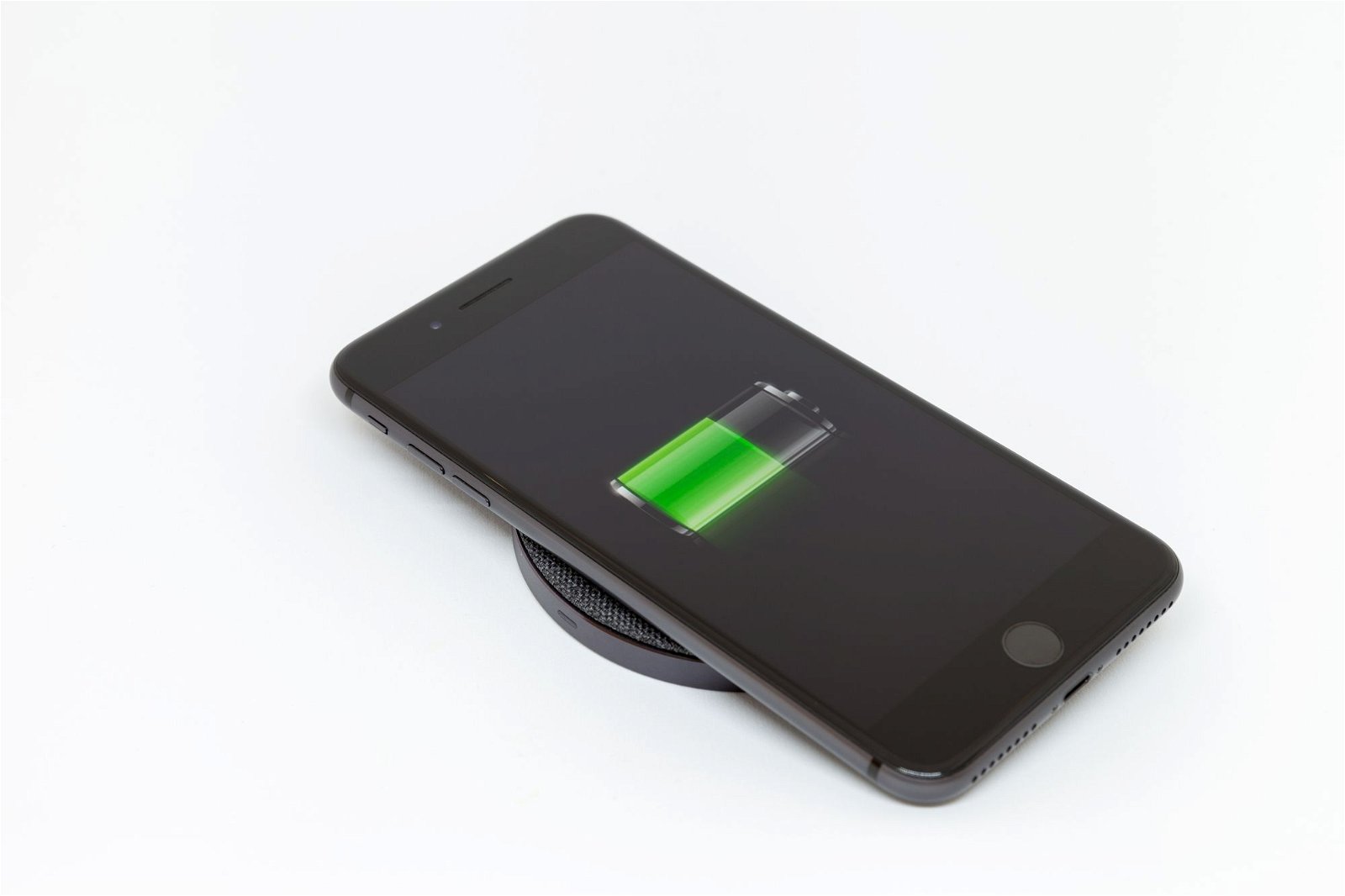
Wireless charging has become a must-have accessory in high-end and mid-range smartphones and is slowly making its way down to the lower end as well. And it's not just smartphones. Wireless charging is slowly expanding into a bunch gadgets. You will see it on headphones, toothpicks, watches, etc.
And while wireless charging is a trendy, new technology that some may see as adding a hint of wealth to its owner, it's also a convenience you shouldn't ignore.
In this article, after analyzing what wireless charging is, we will examine the reasons why we think it is welcome.
What is wireless charging?
Wireless charging is nothing more than what its name says: Charging the battery of a device without connecting the device to a plug.
Wireless chargers and gadgets that can be charged wirelessly rely on inductive magnetism to transmit electricity. Essentially you have two copper coils, one of which dissipates current and if you get too close the second one will start and that dissipates current due to magnetism.

Opening a Nokia DT-900 Qi wireless charger
Transformers have been working on this logic for years now, from very small ones for electronic circuits to medium and high voltage transformers. In cell phones, wireless charging works by transferring energy from the charger's coil to the cell's coil on the back of the cell.
Current from the wall outlet moves through the cable to the wireless charger, which creates an alternating electromagnetic field. This magnetic energy is then converted into electrical current by the corresponding mobile coil sitting on top of the wireless charger, thus powering the battery.
So if you ever open the back of a cell phone you will see a series of copper coils going around the perimeter of the phone making the corresponding coil.
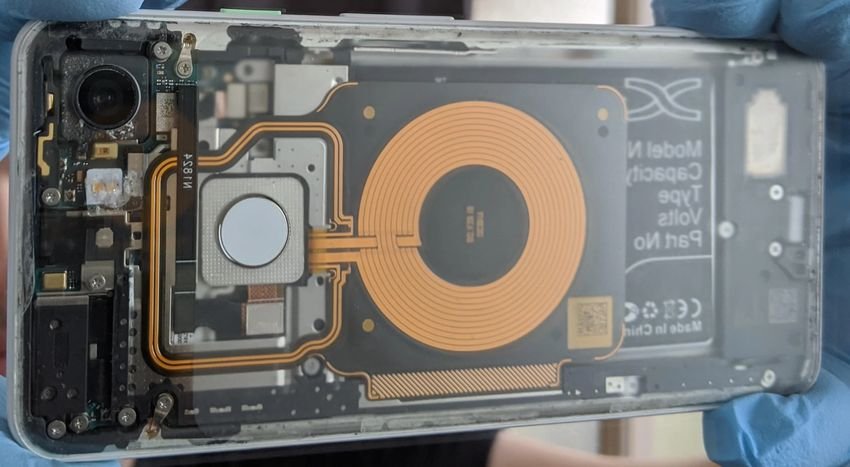
Wireless charging standards
There are currently three wireless charging standards. Qi, Powermat (or PMA) and Rezence. Of these three, Qi finally seems to prevail after its adoption by Apple. Wherever you find free wireless charging, such as restaurants, airports, etc., it is usually in the Qi standard.

And it's not just Apple. So far there are 488 manufacturers working with the standard, including Asus, Google, Huawei, LGE electronics, Samsung, Xiaomi and Sony.
It was made by Wireless Power Consortium, which is a multinational technology conglomerate founded on December 17, 2008 and headquartered in Piscataway, New Jersey.
A system Qi consists of two types of devices, the Base Station, which is plugged into your home outlet and provides inductive power, and the Mobile Devices, which consume the inductive power. The Base Station contains an emitter coil that creates an oscillating magnetic field.
The portable device contains a pickup coil. The magnetic field induces an alternating current in the pickup coil by Faraday's law of induction. The close spacing of the two coils, as well as the shielding on their surfaces, ensure that inductive power transfer is efficient.
What are the Pros of wireless charging?
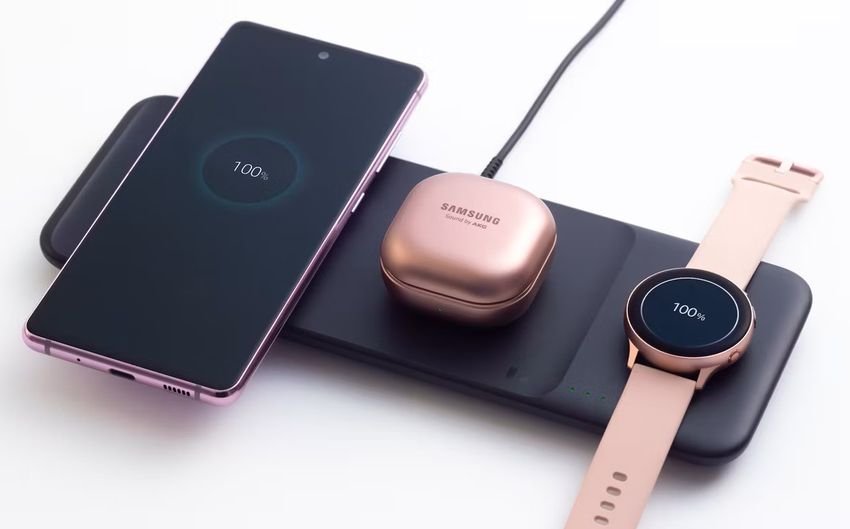
No wear and tear
You may not know it yet, but wear and tear is one of the reasons you keep shopping for charging cables. Of course, cables wear out and plugs fail over time. And good genuine cables are not cheap, especially iPhone cables.
Since using frayed cables is dangerous for your device, one sure way to stay away from this problem is to get a wireless charger. Unlike charging cables, you just place your device on the charging base and that's it.
Charge multiple devices simultaneously
One of the major advantages of wireless charging is the ability to charge multiple devices simultaneously on one charger. All this thanks to the ability of some charging stations to support two or three devices at the same time.
Less clutter
Wireless is the perfect solution for you if you are tired of charging cables cluttering up your desk. Instead of charging your different devices with a dedicated cable, you can charge multiple devices simultaneously with a single wireless charging pad. And that's through a single charging cable that connects to your wireless charger and your power outlet.
This is a great way to manage your cables, especially if you don't have that special gift of neatly wrapping your cables. That's not to say that a wireless charger is a magic wand for achieving a clutter-free desk. It is only the beginning. A wireless charger, a wireless keyboard and mouse on your pc and a few cable management tricks will help you achieve the dream environment of a clean workspace.
Ease
How many times a day do you charge your device? Probably at least twice in the case of a smartphone, depending on its age. It's no secret that smartphone batteries have a short lifespan as they age. But since you rest your phone on a wireless charger when you don't need it, you'll appreciate the convenience of these chargers.
It won't struggle with cables, if you have the old micro-usb port you won't be looking for the right orientation. A wireless charger saves you from all these problems by only requiring you to place your device on the charging base.
What are the Cons of Wireless Charging?
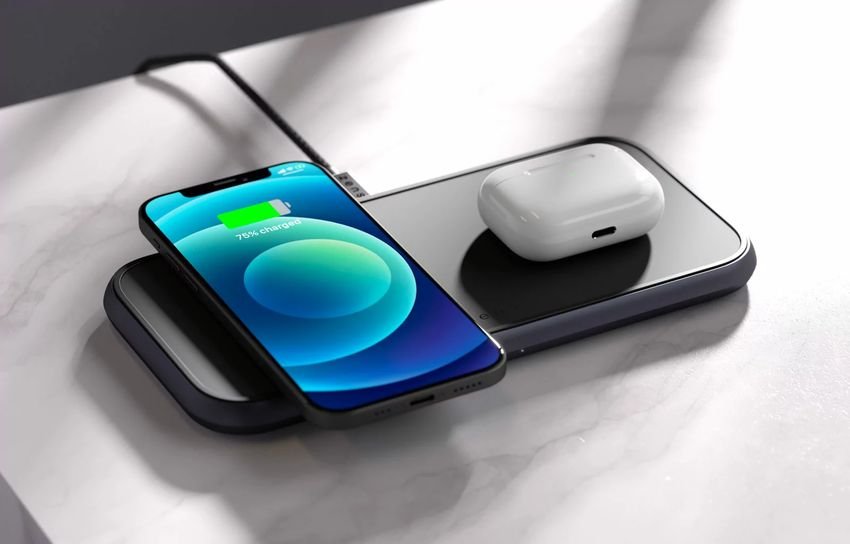
Charging speed
In most cases, wireless charging is relatively slower than its wired counterpart. Usually wireless chargers made by the same company as your phone are fast enough as they offer high power to get the average full charge in two hours.
But common commercial chargers are of reduced efficiency and slow. Especially if you come across an external wireless charger in a store you will know what we mean. And you may see increased heat on your mobile.
Metal components
Since charging is done by induction, forget about the metal back on most of your gadgets. It should be plastic for successful wireless charging. In mobile, things are changing. Here again there is a problem but the companies use a hybrid back of two materials that does not hinder charging.
Case
Your phone case can no longer be just any case. It must be thin and made of silicone so that magnetism can pass through. Wallet cases better to forget them. Adhesive rings, or metal stickers for mounting with a magnetic base will be a problem with the charger.
More heat
Wireless charging generates more heat than wired charging. The heat generated by wireless charging won't damage your phone, but some of the charging energy is actually lost to heat due to the way it works.
The lost energy that is converted into heat is dissipated in the charger and the receiver and not in the mobile battery. Wireless charging standards such as Qi have strict guidelines to address this issue.
Can it be used on phones that don't have the technology?
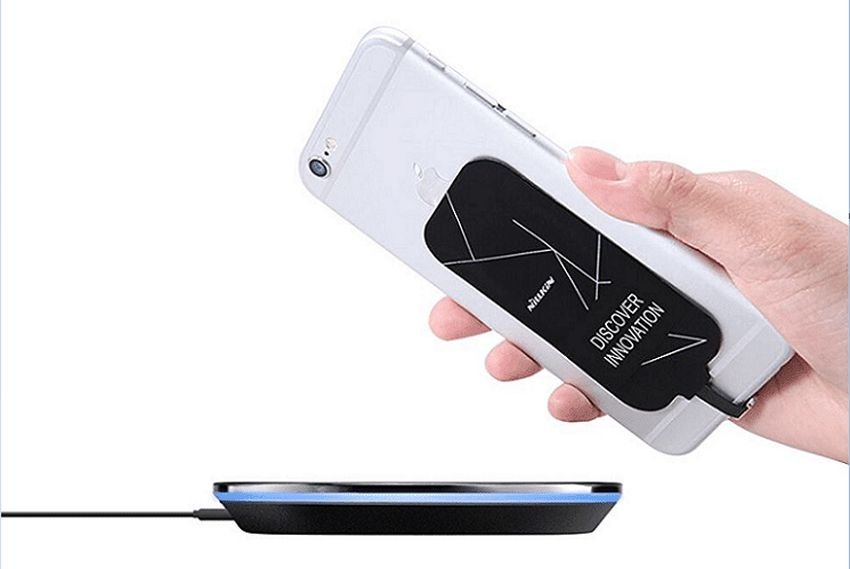
Yes maybe. It's easy too very cheap make your mobile phone charge wirelessly with the self-adhesive adapters. And they can be adapted to almost all devices.
You have two solutions. You can put the slim wireless adapter under the back of your phone, between the back and the battery, provided there is room and the back comes out easily. You will need to connect the adapter to the unique connector of your mobile (microUSB, USB-C, or Apple Lightning) forcing a hole in the back for the cable to pass through.
The only downside in this case is that if your device doesn't have a headphone jack, but only a USB-C port then every time you want to use headphones you'll have to unplug the adapter to insert the headphones.
The second solution and the most common nowadays is that your mobile phone does not have a removable back (not even a removable battery). In this case the adapter should be placed externally and specifically glued to the back of the mobile.
Obviously, this way you forget various accessories like retaining rings, cases, etc. You will also have to connect the adapter to the phone port, which will make the phone longer and sensitive to shocks at that point.
And here if there is no additional plug for headphones you will have to disconnect one plug to insert the other.
If you intend to buy such a system, make sure to get a set, charger and receiver.
It's time to embrace wireless charging
If the device you like supports wireless charging, then don't refuse it.
First, wireless charging has no wear. In addition, it allows you to charge multiple devices at the same time, helps you maintain a clean office environment, and this is very convenient.
While it has its drawbacks, these reasons are good enough to switch to the wireless side of charging.





